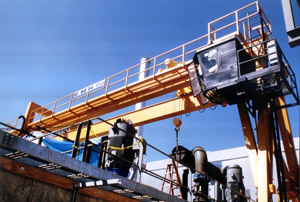The purpose of this course is for Health and Safety Reps to explain and demonstrate their overall role and function in a New Zealand workplace.
It covers:
- The role and functions of the Health and Safety Representative under the Health and Safety at Work Act 2015 and its Regulations.
- How to work with the PCBU & WorkSafe.
- Roles and Responsibilities under the HSWA.
- Issuing a provisional improvement notice (PIN).
- How and when to direct a worker to cease unsafe work.
Please note that dependent on the trainees experience a post course activity may be required for assessment prior to the unit standard being completed.

- Teacher: Nicola Laby
- Teacher: John McMillan
- Teacher: Bryan Reynolds
This course covers how accidents occur, how to identify causes, how to investigate and write an accident report.

This training course is designed for employers, managers and supervisors, health & safety personnel, safety committee members and health & safety representatives. Explain why workplace accidents need to be reported and investigated. Explain the concepts of multiple causation and root-cause analysis. Detail in incident investigation process using a hypothetical incident. Produce an incident investigation report based on a documented incident.

We are passionate about Assessor Training and developing good assessor practice within the organisations that we work with. We make the learning as practical, utilising scenario based learning and contextualisation of the trainees workplace assessing experience. This makes the learning experience much more efficient, relevant and participative. This one day workshop covers all the learning required to become assessment ready for unit 4089 & 11281. Additionally the workshop can cover the assessor future experiences of trainees, and industry. The workshop can be throughout New Zealand, in companies, or through public schedule. Topics covered include: The New Zealand Qualifications Framework. Standard Setting Bodies. Understanding Qualifications and Unit Standards. Types of assessment and their methods. The Significance of Pre-Moderation. The Assessment Process. ITO / Organisational Requirements. Best Practice Assessments. Records Assessment. Decisions. Providing Feedback.

- Teacher: Aaron Amyes
The back-injury prevention course provides an understanding of the causes of back injury in the workplace. It increases worker awareness and knowledge and teaches preventative strategies.

The back-injury prevention course provides an understanding of the causes of back injury in the workplace. It increases worker awareness and knowledge and teaches preventative strategies.
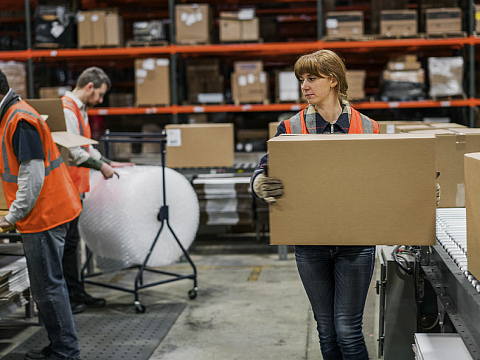
Describe the safe operation of a compressed air breathing apparatus (CABA)Prepare, test, and re-commission CABA equipmentWear and monitor a CABAImplement emergency procedures

This course is aimed at producing a chainsaw operator who is able to safely demonstrate and apply the knowledge for chainsaw use contained in the Approved Code of Practice. It is designed for the occasional user as an introduction to operating a chainsaw in a workplace and can be customised to incorporate specific company policies and procedures.
Trainees will be able to demonstrate and apply their responsibilities under the requirements of the Health and Safety legislation in relation to chainsaw operation. This is not an advanced course and does not cover tree felling.
Trainees will be able to demonstrate and apply their responsibilities under the requirements of the Health and Safety legislation in relation to chainsaw operation. This is not an advanced course and does not cover tree felling.
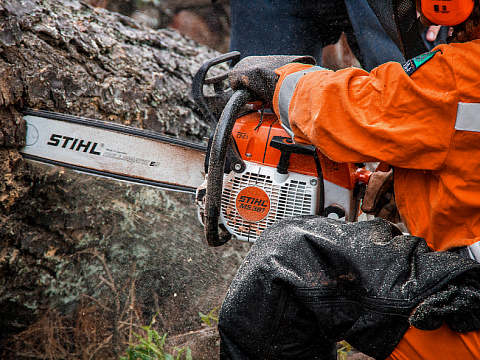
As a result course attendees will gain knowledge of: Classifying hazardous substances; Potential adverse effects of hazardous substances on the body and environment, types of exposure monitoring, and treatment options. Safe storage, tracking requirements, handling, and disposal of hazardous substances. Response to uncontrolled release of hazardous substances. Health and Safety information for safe handling, storage, and disposal of a hazardous substance.
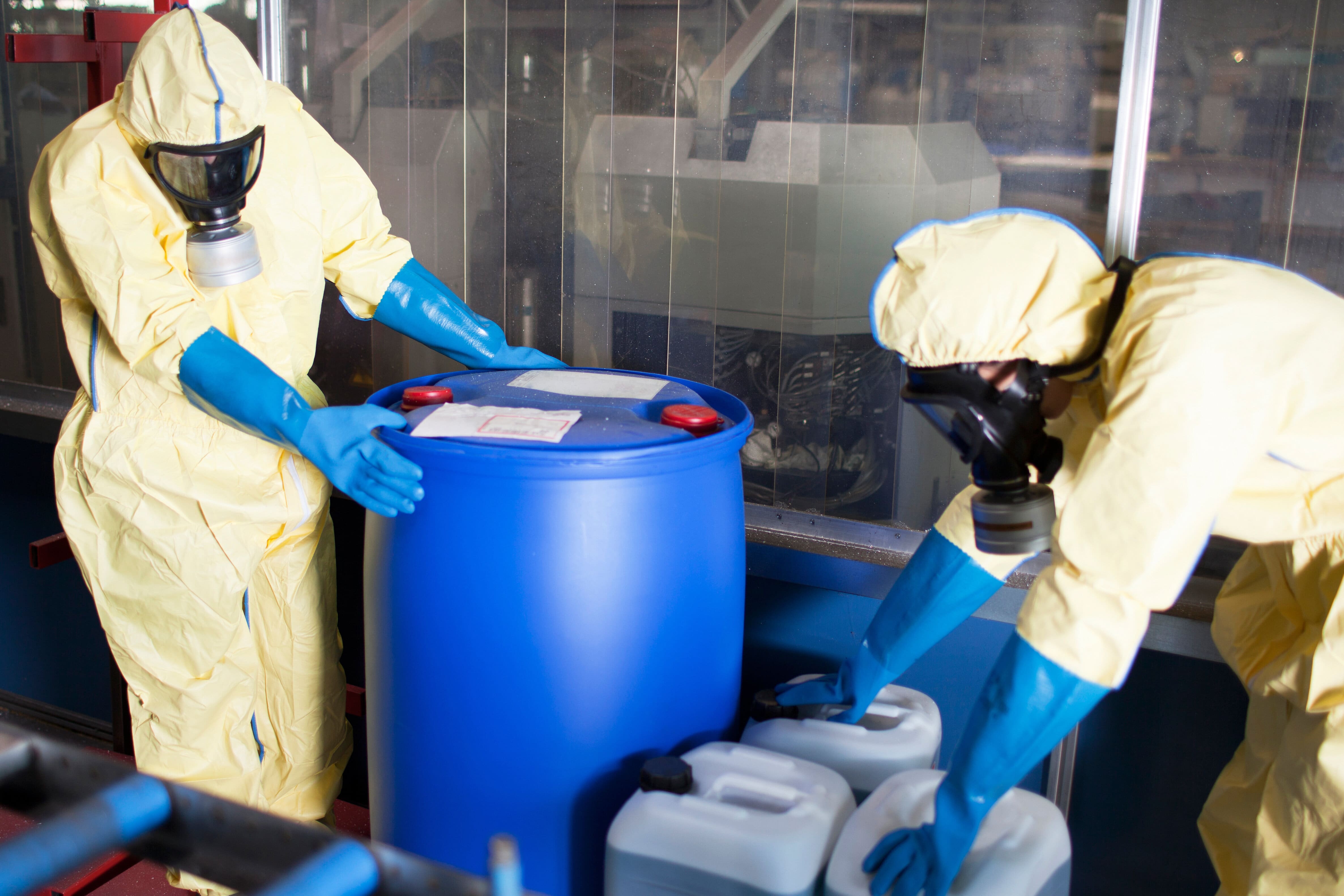
Ability to identify legislative responsibilities required for the control and containment of emissions and spillsRecord, report and follow up emissions and spillsStore and handle workplace chemicalsUnderstand workplace chemicals and their characteristicsHazards of handling workplace chemicalsProcedures for the disposal of workplace chemicalsDocumentation of workplace chemical use and storageMethods of dealing with workplace chemical spills and the equipment to be used.
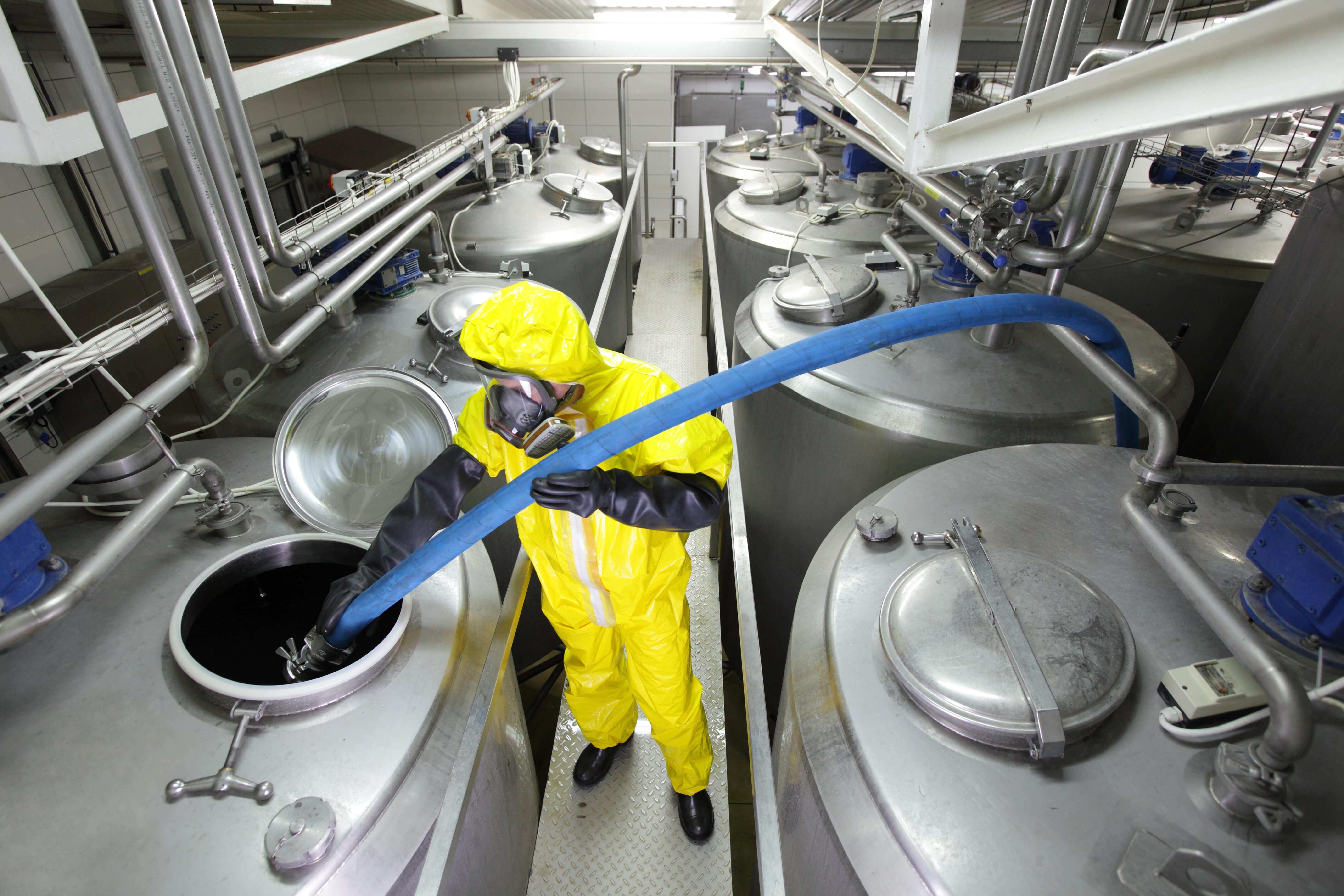
This course covers the key requirements for the safe handling and storage of workplace chemicals. It enables employers to meet obligations under the Hazardous Substances Regulations 2017 whereby under section 4.5, all workers at risk of exposure to hazardous substances at work to must trained to perform these duties safely.
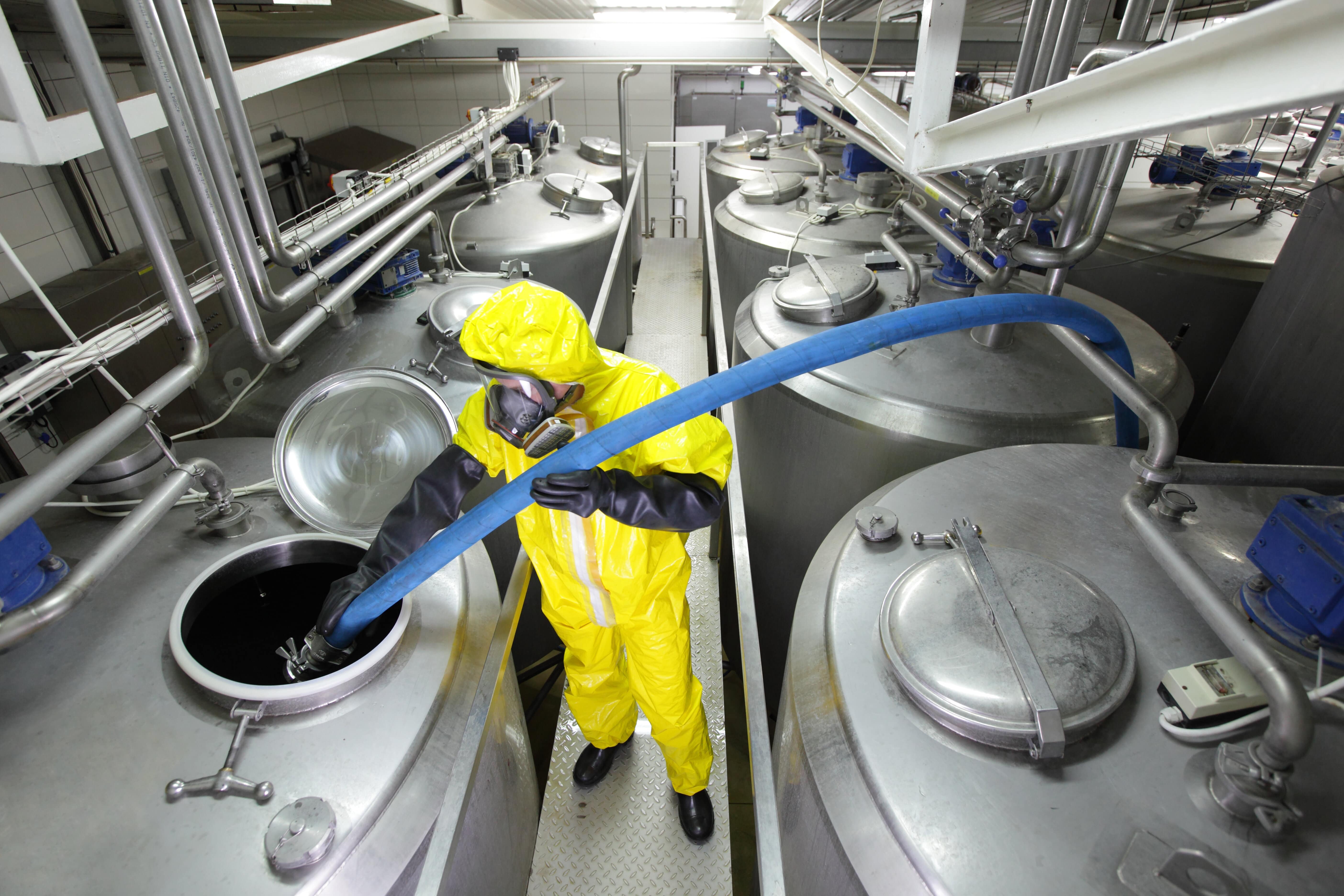
As a result course attendees will gain knowledge of: Classifying hazardous substances; Potential adverse effects of hazardous substances on the body and environment, types of exposure monitoring, and treatment options. Safe storage, tracking requirements, handling, and disposal of hazardous substances. Response to uncontrolled release of hazardous substances.

As a result course attendees will gain knowledge of: Hazardous substances in a workplace and their potential adverse effects. Workplace procedures to prevent adverse effects of hazardous substances. Safe use of PPE to reduce exposure. Knowledge of procedures during emergencies.

A confined space is any area that is not intended for human occupancy, has limited access or has the potential to contain a toxic or oxygen deficient atmosphere. Training is necessary for supervisors, stand-by-people, workers entering confined spaces and rescue personnel. When entering a confined space you must be able to operate an atmospheric testing device to determine whether a suitable atmosphere exists to work safely.
Axiom Training recommends that a refresher is completed every two years.
Please Note: If you are attending the refresher course you will be joining us on the second day of the two day course option.
Axiom Training recommends that a refresher is completed every two years.
Please Note: If you are attending the refresher course you will be joining us on the second day of the two day course option.
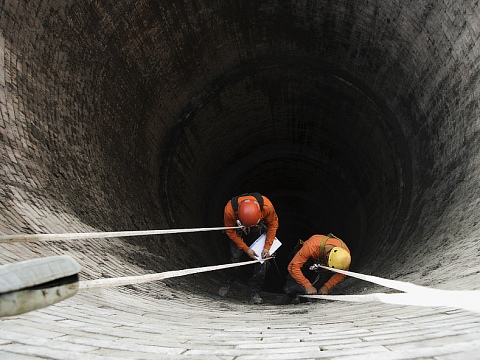
AMS Group is an accredited mobile testing centre for the ConstructSafe system. This system is owned by the Construction Safety Council. ConstructSafe, aims to provide industry with some assurance that individuals have the knowledge and ability to keep themselves and others safe. This is achieved through a testing process of knowledge and behaviour against a framework designed and developed based upon industry needs.The testing framework for Tier 1 – Health and Safety Competency Test, covers the full range of foundational knowledge expected by industry. This includes:▼ General safety knowledge▼ Working at Heights▼ Chemicals and Hazardous Substances▼ Emergencies▼ Plant▼ Traffic▼ Utilities and services▼ Confined and restricted spaces.

